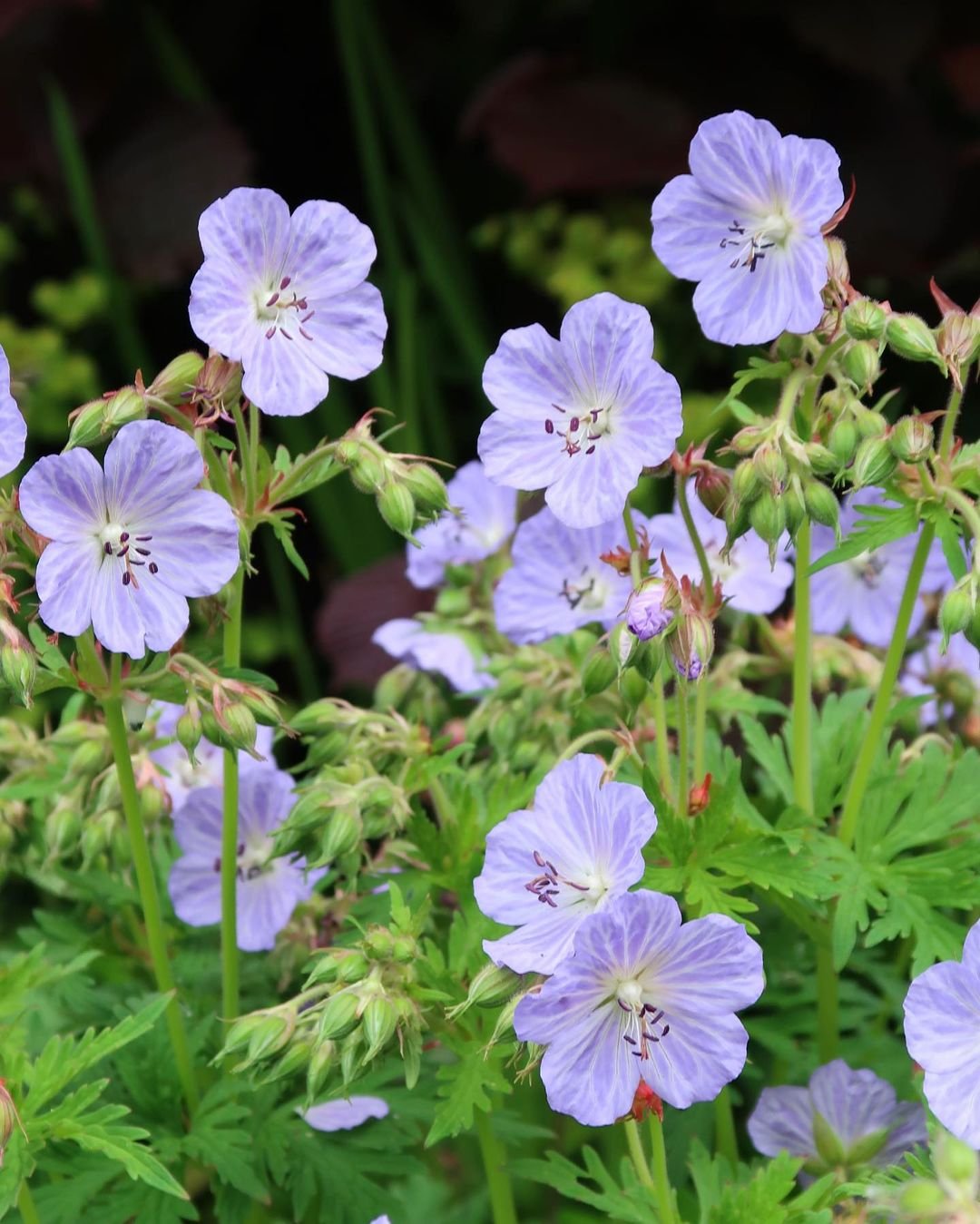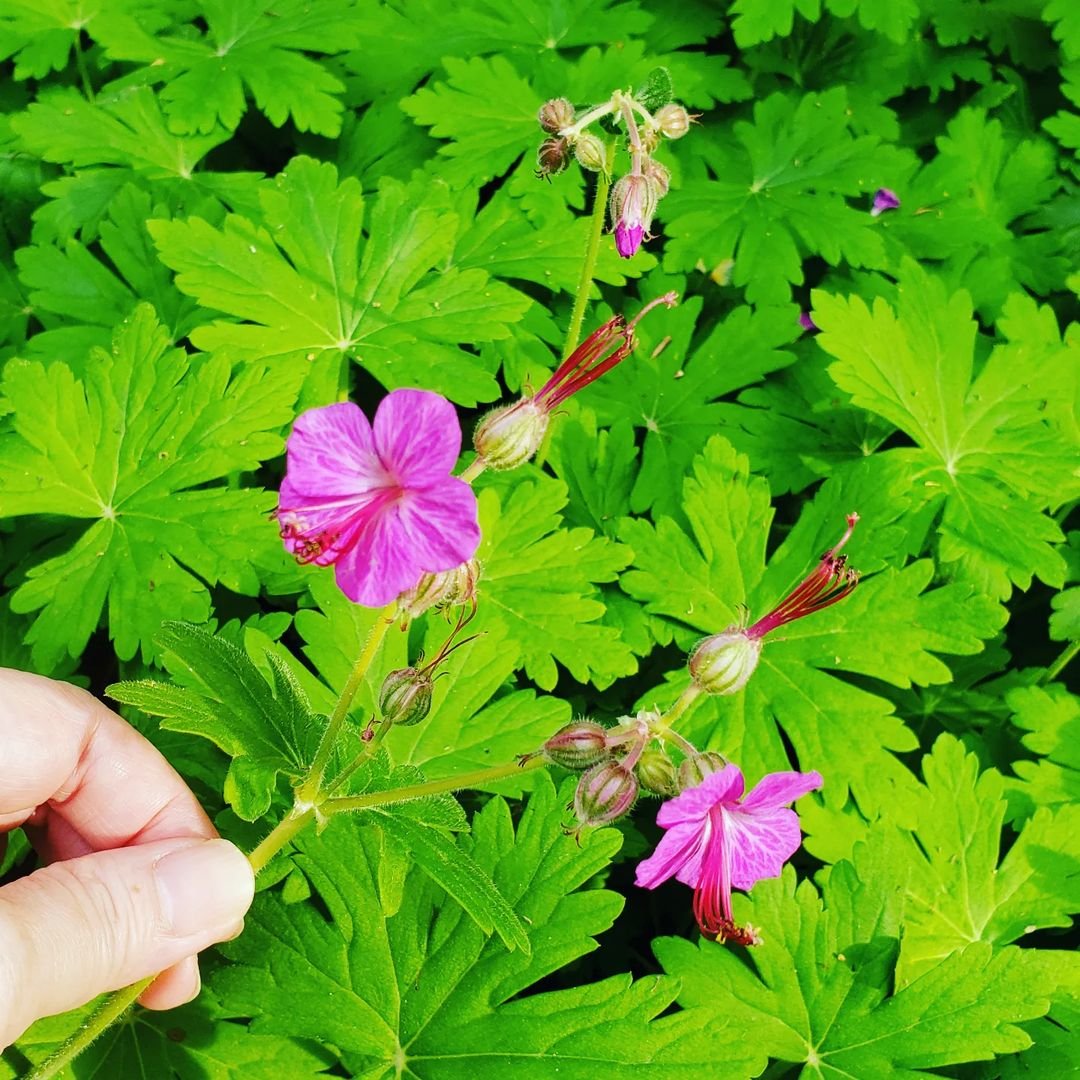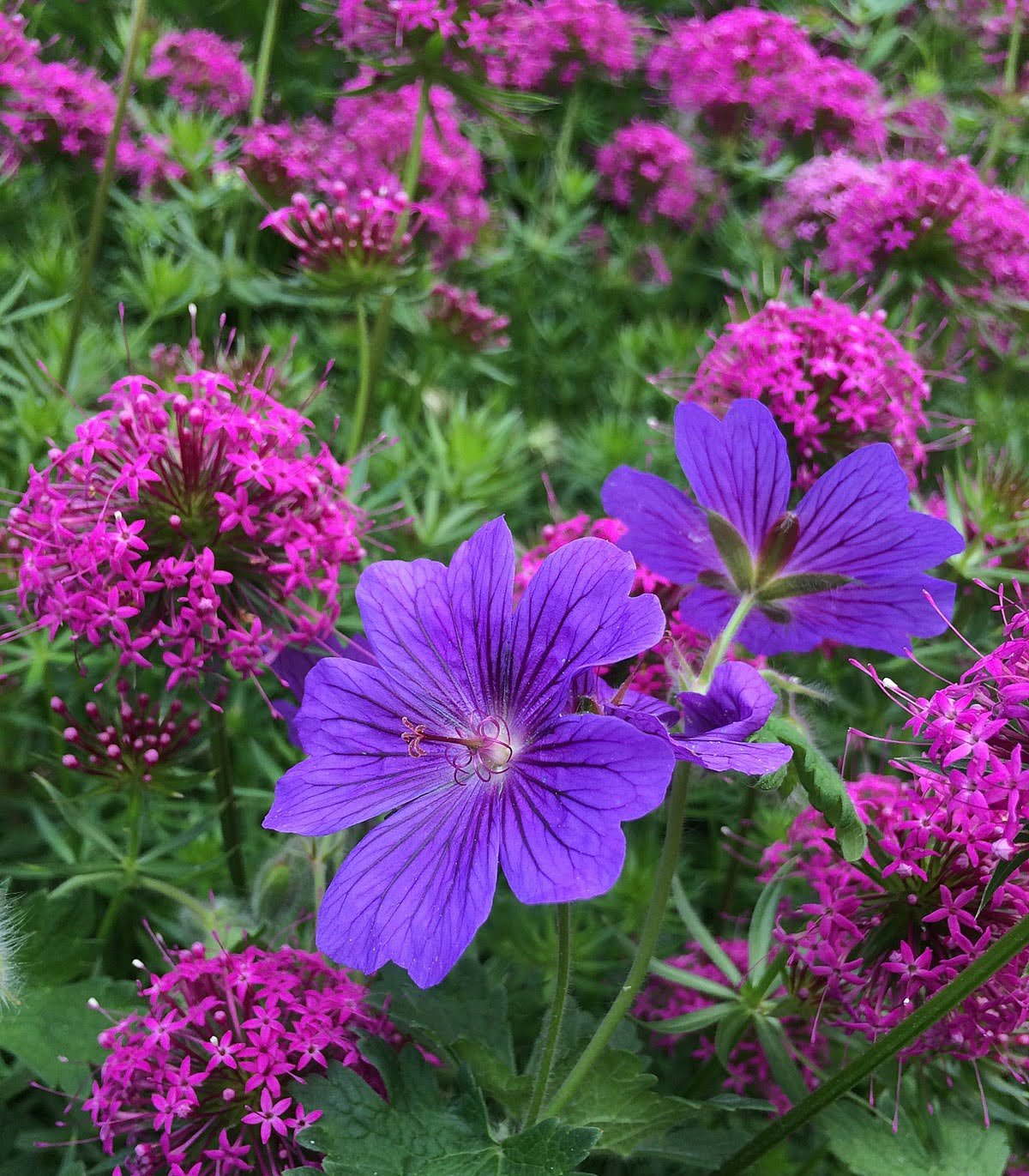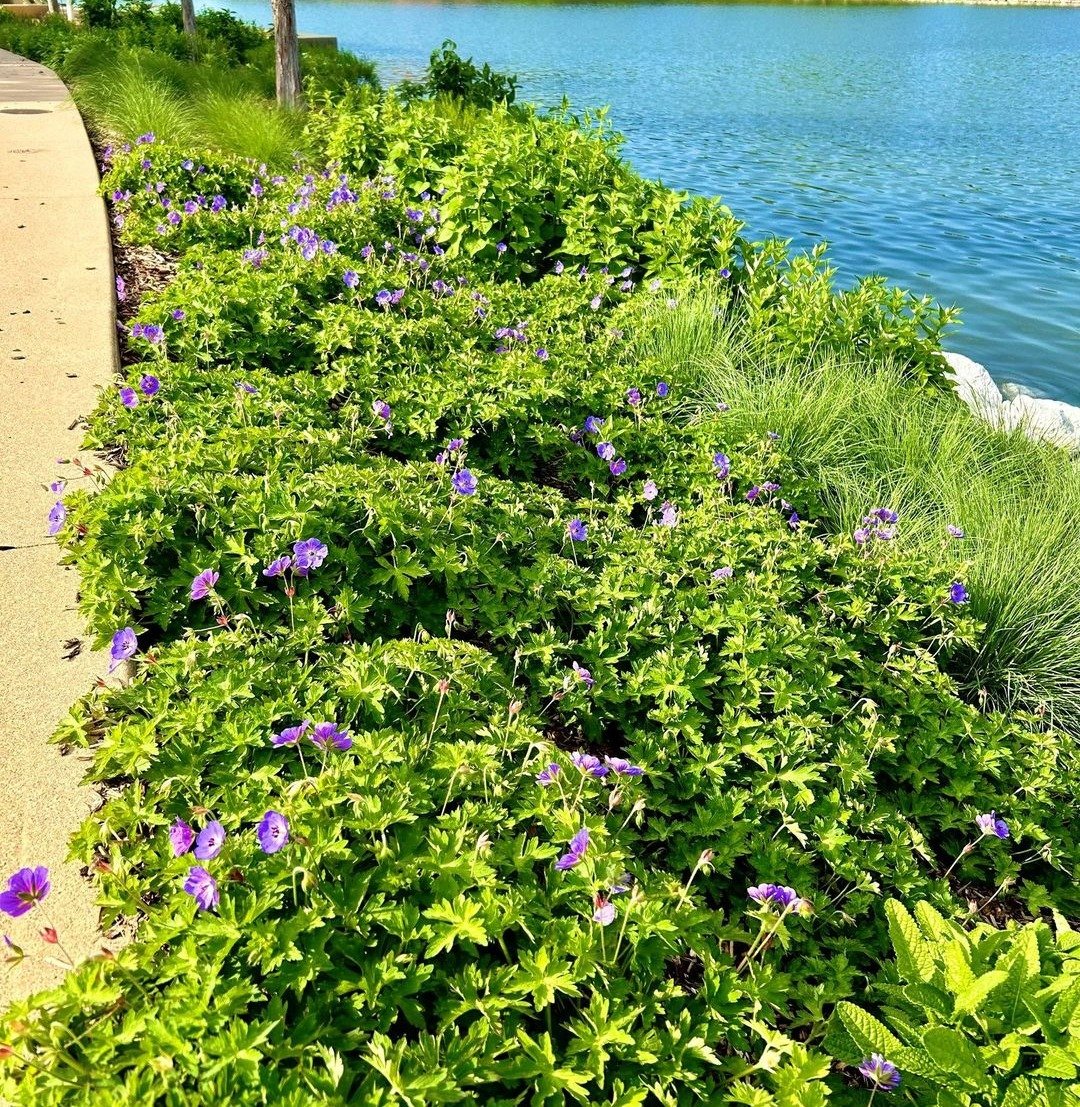Discover the secrets to cultivating and caring for cranesbill (hardy geranium) plants in your garden. This comprehensive guide covers everything from planting techniques to maintenance tips, ensuring a vibrant and long-lasting display of these versatile and resilient perennials.
Gardeners seeking low-maintenance yet visually striking plants need look no further than the cranesbill, also known as hardy geraniums. These delightful perennials offer a wealth of benefits, from their ability to thrive in various growing conditions to their long-lasting blooms and attractive foliage. Whether you’re a seasoned green thumb or a novice gardener, incorporating cranesbills into your landscape is a surefire way to add color, texture, and resilience to your outdoor spaces.
Here’s the information for Cranesbill:
| Aspect | Information |
|---|---|
| Botanical Name | Geranium (common species include Geranium macrorrhizum, Geranium sanguineum) |
| Plant Type | Perennial |
| Zones | 3-9 |
| Exposure | Full Sun to Partial Shade |
| Bloom Time | Spring to Fall |
| Height/Spread | Typically 6 inches to 2 feet tall, spreading 1-2 feet wide |
Understanding Cranesbills

Here’s a short information chart for Cranesbill:
| Attribute | Information |
|---|---|
| Botanical Name | Geranium spp. |
| Plant Type | Perennial herb |
| Soil Type | Well-drained, fertile soil |
| Color Varieties | Various, including pink, blue, purple, and white |
| Zones | 3-9 (USDA Hardiness Zones) |
| Exposure | Full sun to partial shade |
| Bloom Time | Spring to fall, depending on species |
| Height/Spread | 1-3 feet tall / 1-4 feet wide |
Cranesbills, scientifically known as Geranium, are a diverse group of plants belonging to the Geraniaceae family. Despite their common name, they are not true geraniums, which belong to a different genus. These hardy perennials are prized for their ability to withstand a wide range of climates and growing conditions, making them an excellent choice for gardeners across various regions.
Choosing the Right Variety
With numerous cranesbill cultivars available, selecting the perfect one for your garden can be both exciting and overwhelming. Consider factors such as desired bloom color, plant size, and growth habit. Popular varieties include the elegant ‘Rozanne’ with its bright violet-blue flowers, the compact ‘Biokovo’ with its soft pink blooms, and the striking ‘Brookside‘ with its deep blue hues. Take time to research and select varieties that complement your garden’s aesthetic and growing conditions.
Planting and Site Selection

Cranesbills are relatively adaptable plants, but they thrive best in well-draining soil and partial shade to full sun exposure. When planting, choose a location that receives at least six hours of direct sunlight per day for optimal blooming. Amend the soil with compost or well-rotted manure to improve drainage and fertility. Space plants according to their mature size, allowing enough room for them to spread without overcrowding.
Watering and Mulching

While cranesbills are relatively drought-tolerant once established, they benefit from consistent moisture during the growing season. Aim to water deeply, allowing the soil to partially dry out between waterings. Avoid overwatering, as this can lead to root rot and other issues. Applying a 2-3 inch layer of mulch around the plant’s base helps retain moisture and suppress weed growth, making maintenance easier.
Fertilizing for Optimal Growth

Although not heavy feeders, cranesbills benefit from an occasional dose of balanced fertilizer. In early spring, apply a slow-release fertilizer or work in a layer of compost or well-rotted manure around the base of the plants. This will provide the necessary nutrients for lush foliage and abundant blooms throughout the growing season.
Pruning and Deadheading

Regular pruning and deadheading are essential for maintaining the neat and tidy appearance of cranesbills. After the initial flush of blooms, remove spent flowers by pinching or cutting them off. This process, known as deadheading, encourages the plant to produce more flowers and prolongs the blooming period. In late fall or early spring, prune back any remaining foliage to prepare the plant for new growth.
Dividing and Propagating

Cranesbills have a tendency to spread and become overcrowded over time. To maintain their vigor and prevent them from becoming leggy, divide established clumps every 3-4 years in early spring or fall. Carefully dig up the plant, separating the roots into smaller sections, and replant them at the recommended spacing. This process not only rejuvenates the plants but also allows you to propagate new ones for other areas of your garden or to share with friends.
Pest and Disease Management:

Cranesbills are generally resilient and resistant to most pests and diseases. However, keep an eye out for potential issues such as powdery mildew, rust, or aphid infestations. Proper spacing, adequate air circulation, and avoiding overhead watering can help prevent many problems. If pests or diseases do occur, consider using organic or biological controls before resorting to chemical treatments.
Companion Planting

Cranesbills make excellent companions for a variety of other plants in the garden. Their spreading habit and ability to tolerate partial shade make them ideal for planting underneath taller plants or as groundcovers. They also complement well with other perennials, shrubs, and even certain annuals, creating a harmonious and visually appealing display.
Versatile Landscaping Uses

The versatility of cranesbills is one of their greatest assets. These adaptable plants can be incorporated into various garden settings, such as borders, rock gardens, cottage gardens, and even containers. Their spreading habit makes them excellent groundcovers for shady areas or for filling gaps between other plants. Additionally, their long-lasting blooms and attractive foliage ensure a beautiful display throughout the growing season.
Embracing Cranesbills in Your Garden: Cranesbills (hardy geraniums) are true gems in the gardening world, offering a delightful combination of beauty, resilience, and low-maintenance requirements. By following the guidelines outlined in this comprehensive guide, you’ll be well-equipped to cultivate and care for these charming perennials, creating a vibrant and long-lasting display in your garden. Embrace the joy of growing cranesbills and witness the transformation of your outdoor spaces into a colorful and inviting oasis that will be the envy of your neighbors and fellow gardeners alike.